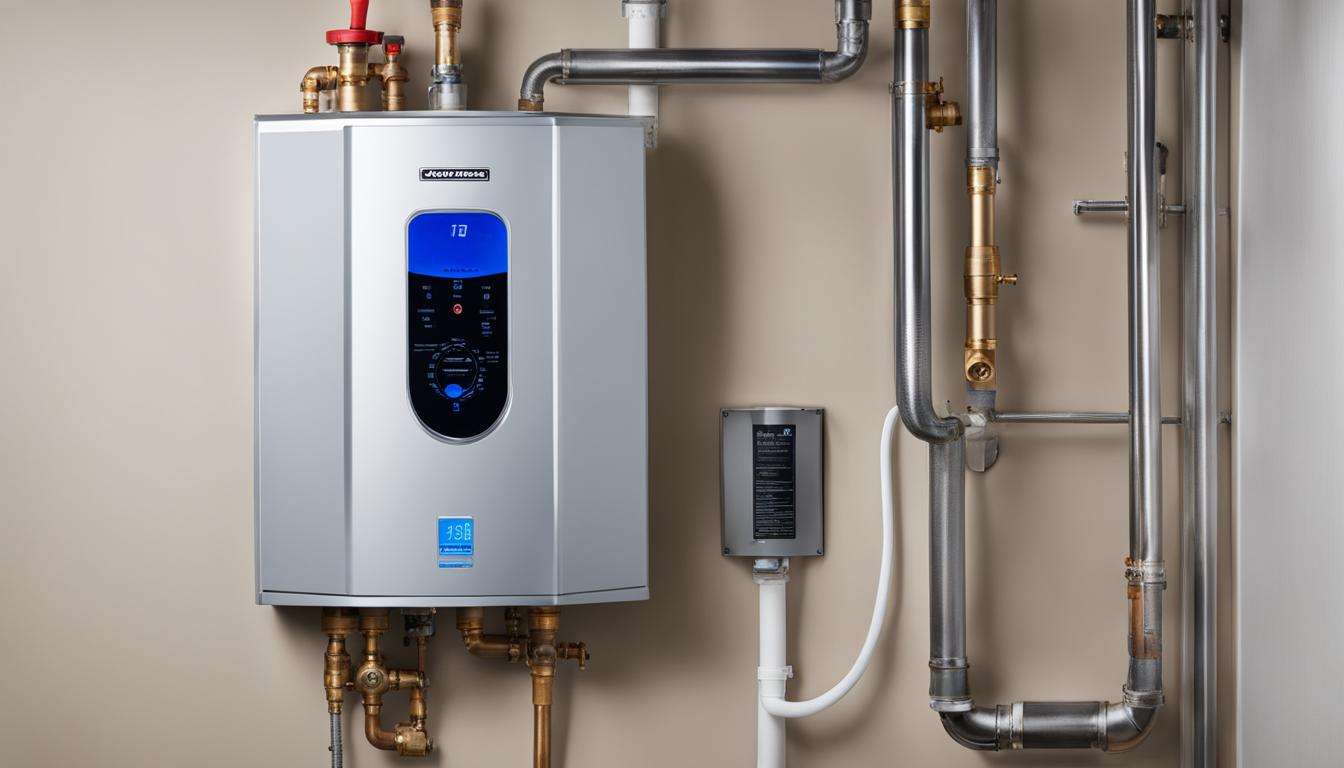The quest for instant, endless hot water has led many homeowners to consider the merits of a gas powered tankless water heater. Unlike traditional tank heaters that constantly heat a reservoir of water, these innovative systems heat water only when you need it, potentially saving energy and space. Choosing the right hot water solution for your home is a significant decision, impacting both convenience and long-term costs. This article will explore the nuances of gas powered tankless water heaters, helping you determine if this technology is the perfect fit for your needs.
Understanding Tankless Technology
Traditional water heaters store a large volume of water, continuously heating it to a set temperature. This process consumes energy even when hot water isn’t being used, leading to standby heat loss. Tankless water heaters, on the other hand, operate on an on-demand system. When a hot water tap is turned on, cold water flows through a heat exchanger within the unit. A powerful burner then ignites, rapidly heating the water as it passes through. Once the tap is turned off, the burner shuts down, eliminating standby heat loss.
Benefits of Gas Powered Tankless Systems
- Endless Hot Water: Enjoy continuous hot water, even for multiple simultaneous uses.
- Energy Efficiency: Reduce energy consumption and lower utility bills compared to traditional tank heaters.
- Space Savings: Tankless units are significantly smaller than tank heaters, freeing up valuable space.
- Longer Lifespan: Tankless water heaters typically last longer than tank heaters, often exceeding 20 years.
Choosing the Right Size
Selecting the appropriate size tankless water heater is crucial for optimal performance. The size is determined by two key factors: flow rate (gallons per minute or GPM) and temperature rise. Flow rate refers to the amount of hot water needed simultaneously (e.g., running a shower and a dishwasher). Temperature rise is the difference between the incoming cold water temperature and the desired hot water temperature. To calculate your required flow rate, add up the GPM requirements of all appliances and fixtures that might be used at the same time. Consulting with a qualified plumber is highly recommended to ensure accurate sizing and proper installation.
Installation and Maintenance
Installation of a gas powered tankless water heater typically requires professional expertise. A gas line connection, venting, and electrical wiring are all involved. Improper installation can be dangerous and may void the warranty. Regular maintenance, such as flushing the unit to remove mineral buildup, is essential to prolong its lifespan and maintain optimal performance. Consult your owner’s manual for specific maintenance recommendations.
Comparing Tankless and Tank Water Heaters
| Feature | Tank Water Heater | Tankless Water Heater |
|---|---|---|
| Initial Cost | Lower | Higher |
| Operating Cost | Higher | Lower |
| Hot Water Capacity | Limited by tank size | Unlimited |
| Space Requirements | Larger | Smaller |
| Lifespan | Shorter (10-15 years) | Longer (20+ years) |
Ultimately, the decision of whether or not to install a gas powered tankless water heater depends on individual needs and circumstances. Weighing the upfront costs against the long-term benefits, considering the space savings, and evaluating the demand for hot water will help determine the best solution for your home. The advantages of endless hot water and increased energy efficiency make the tankless option a compelling choice for many.

